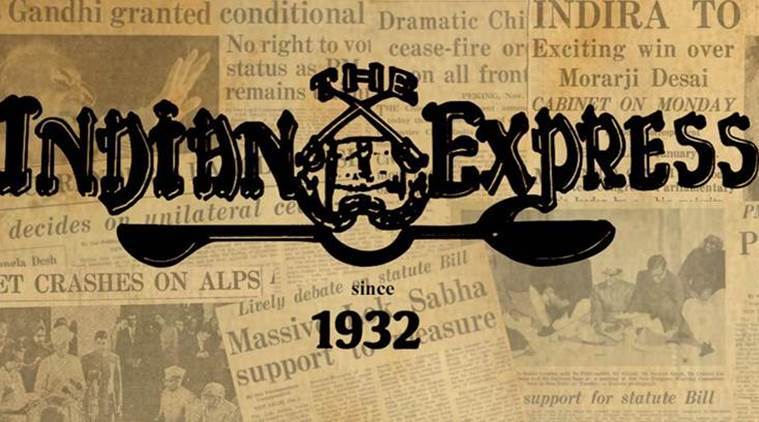Who is a citizen
Modern nations are products of migration, and all the richer for it. NRC process doesn’t seem alive to this reality

The home ministry has said that the 40 lakh people who have been excluded by the latest round of the NRC will be given a chance to present their case afresh.
A day before the release of the final draft of the National Register of Citizens (NRC), Assam Chief Minister Sarbananda Sonowal said that a “person whose name does not appear in the document will not be treated as a foreigner”. But the fact that 40 lakh people, more than 10 per cent of the state’s population, have not made it to the NRC released on Monday, will only add to the miasma of suspicion and anxiety around the citizenship issue in Assam.
Issues of migration and demographic change have been permanent fixtures in post-Independence politics in Assam even though the state government published an NRC as early as 1951, along with the first National Census. In the 1970s and 1980s, the state was thrown into turmoil by a student agitation which demanded the detection and deportation of illegal migrants. The Assam Accord of 1985 promised to address these concerns and the updation of the 1951 NRC is a part of this process. However, unlike international conventions on establishing citizenship, the burden of proof rests with the NRC applicant. To be registered in the list, people have to prove that they are descendants of Indian citizens by providing documents dating back to 1951 or 1971. That is an onerous pre-condition in a country with a none-too-good record of maintaining documents. More than 50 per cent of Assam’s population was left out of the first draft of the NRC that was released in December last year.
Assam’s demographic changes date back to the introduction of the plantation economy by the colonial state in the 19th century. The colonial state brought in tribal labourers from Chota Nagpur and Bihar to work the plantations and encouraged the migration of Muslim farmers from Bengal. Migrations continued after Independence even as Partition solidified national identities. The ethnic, cultural and religious dimensions of the situation demanded sensitive and imaginative solutions from the political class. But they haven’t been up to it. While the student protestors of the 1970s and 1980s posited an Assamese/non-Assamese binary, the BJP has queered the pitch further, in recent times, by distinguishing between Muslim and Hindu migrants — the former is deemed an infiltrator, the latter as eligible for citizenship. Since 2014, the Supreme Court has complicated matters by not only deciding to oversee the process of updating the NRC but by also hastening the Centre and the Assam government into completing what is clearly a fraught exercise. It has, however, not given much attention to creating an orderly mechanism for those aggrieved by exclusion. The home ministry has said that the 40 lakh people who have been excluded by the latest round of the NRC will be given a chance to present their case afresh. While hearing their petitions, the authorities would do well to remember that modern nations are products of migrations and cultural diffusion and all the richer for it.
For all the latest Opinion News, download Indian Express App





































No hay comentarios:
Publicar un comentario